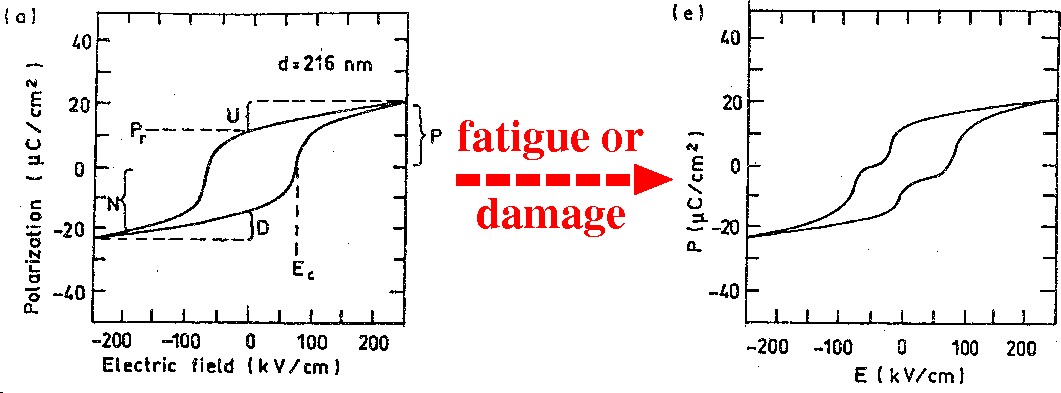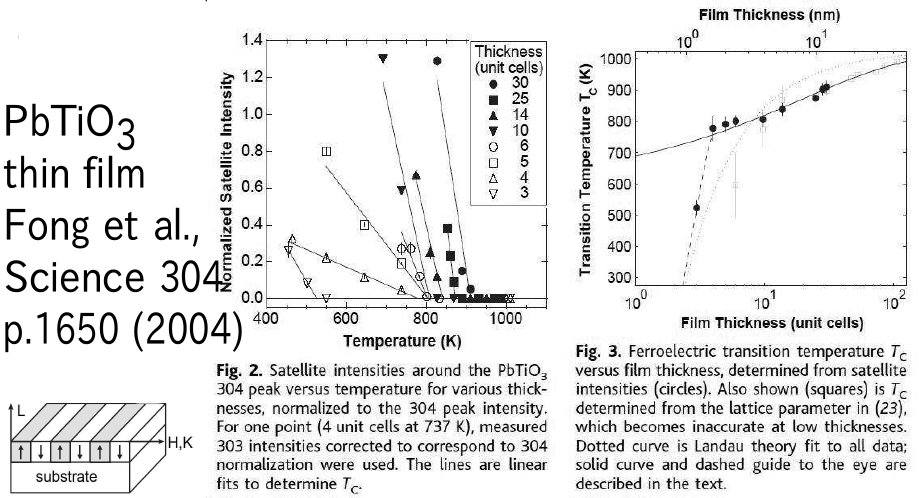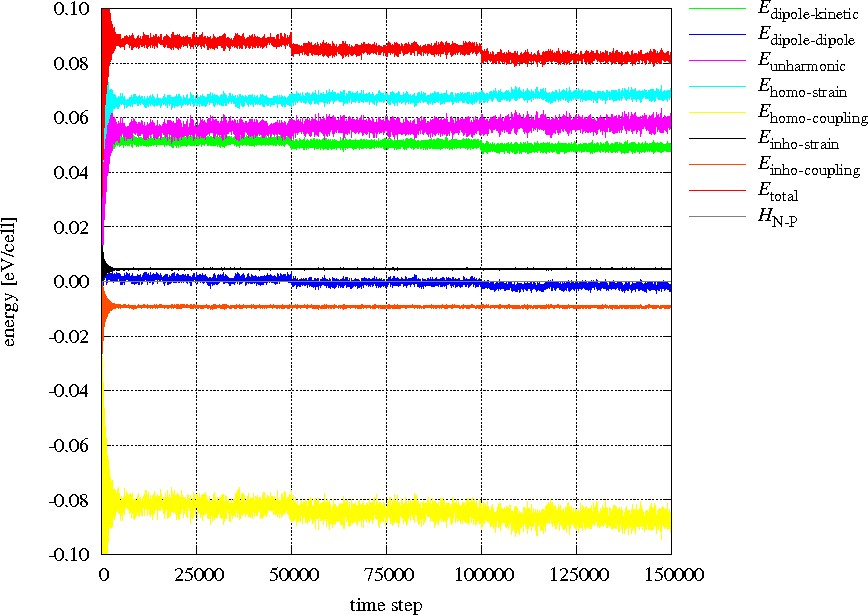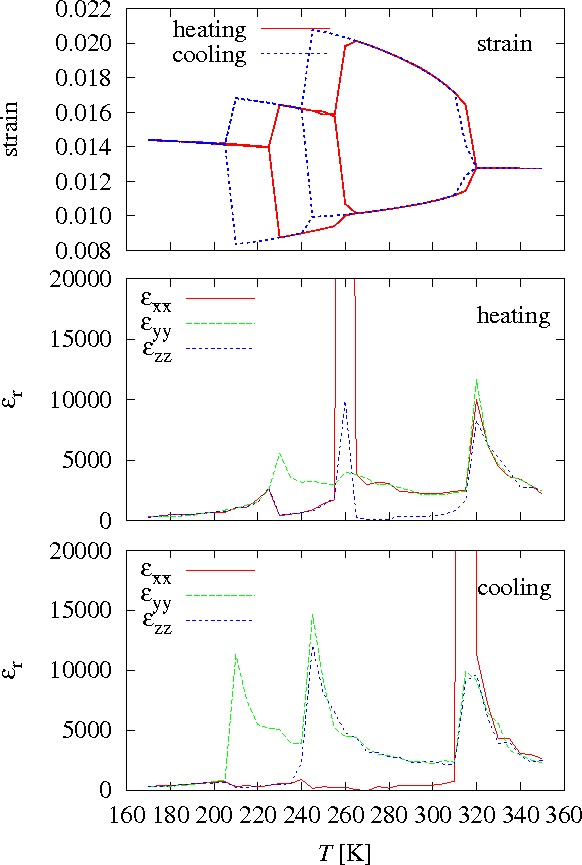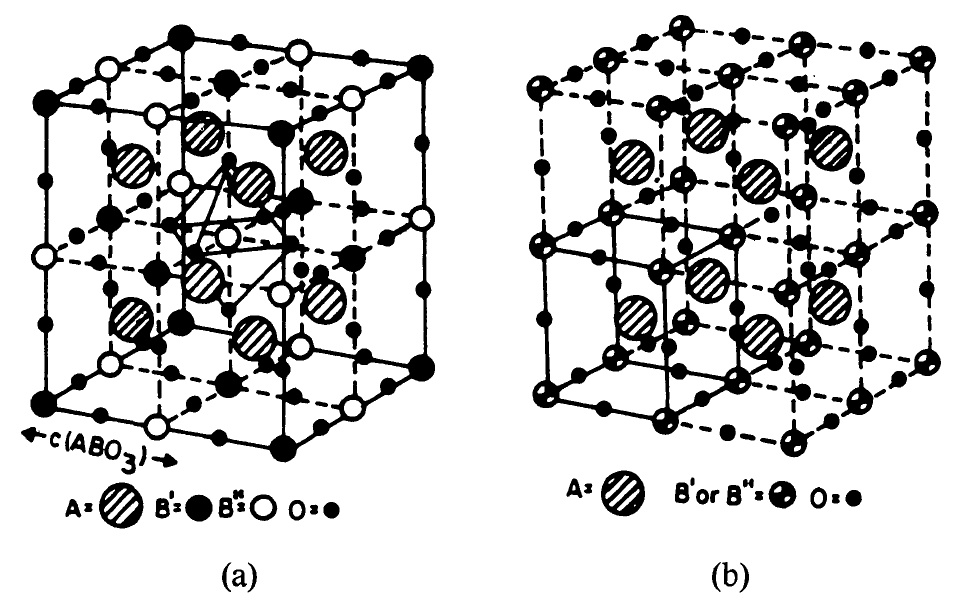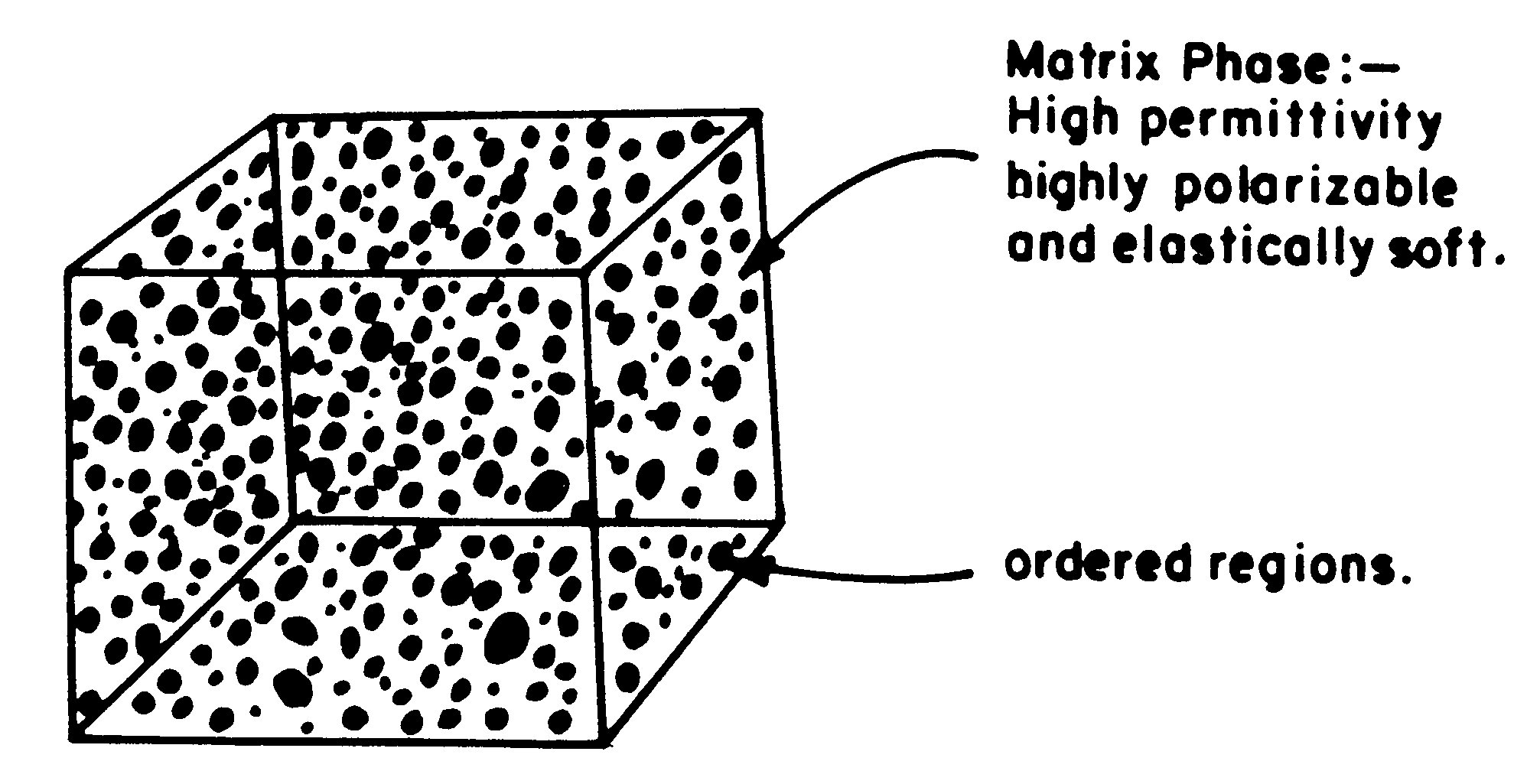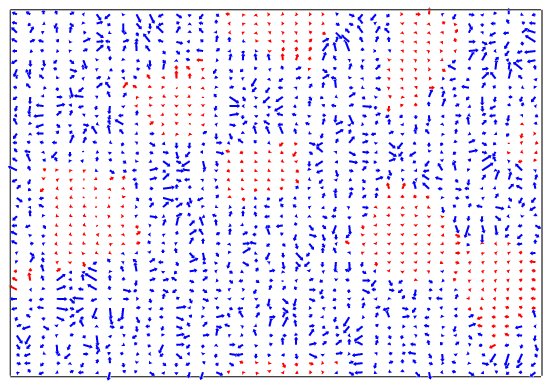How to use Slidy
This presentation is written with Slidy http://www.w3.org/Talks/Tools/Slidy/ .
Use Firefox web browser.
- Advance to next slide with mouse click or [Space]
- Move forward/backward between slides with [Left], [Right], [Pg Up] and [Pg Dn] keys
- [Home] key for first slide, [End] key for last slide
- The [C] key for an automatically generated table of contents (or click on "contents" on the toolbar)
- Function [F11] toggles between the full screen mode and the normal mode
- [F] key toggles the display of the tool bar below.
- [A] key toggles the presentation mode and the printing mode
- [S] and [B] keys can control the size of fonts
Non-volatile ferroelectric memory (FeRAM)
Ferroelectric thin-film capacitors (background of this study)
- Various applications of ferroelectric thin-films:
- multilayer capacitors
- nonvolatile FeRAMs
- nanoactuators
- Down-sizing of FeRAMs (nano-capacitors of ferroelectric
thin films) is highly demanded.
- Epitaxially constraint ferroelectric films made by PLD.
- Effect of imperfect screening of electrodes is NOT well understood.
- [M. Dawber et al.: J. Phys. Condes. Matter 15, L393 (2003)]
- Fatigue causes damages in polarization behaviors of ferroelectric capacitors.
Dynamics, nanosize effects and temperature dependences
- Dynamics of ferroelectric thin-film capacitors:
- Hysteresis loop
- Polarization switching
- Dynamics of domain wall
- Their nanosize effects and temperature dependences remain poorly known.
- Experimentally, in situ observations are difficult.
- Theoretically,
- The long-range Coulomb interaction limits the size
and time of molecular-dynamics (MD) simulations.
- How to include depolarization fields caused by imperfect electrodes
was unclear.
Purpose of this study
- Development of fast molecular dynamics (MD) code which can simulate
ferroelectric thin-film capacitors for
a realistic system size (up to 100 nm) and
a realistic time span ( 1 ns).
- Clarify the effect of dead layers between ferroelectrics and electrodes.
- Predict the effect of the compressive strain arising from epitaxial constraints.
We develop "feram" code.
Features of feram program
- Scientific features
- Molecular dynamics (MD) simulation with first-principles-based effective Hamiltonian
- O3-type perovskite ferroelectrics and relaxors
- Uses supercell; (O3), 2,621,440 atoms
- Coarse-graining; reduction of the number of degree of freedom
- Long-range dipole-dipole interaction is treated in reciprocal-space; k-locality of the force matrix
- Applications:
- Phase transition of bulk ferroelectrics
- Capacitor, ferroelectric thin film is sandwiched between short-circuited electrodes
Soft-mode displacements of perovskite type ferroelectrics ABO3
Potential surface of the zone-center distortion for BaTiO3
Coarse-graining
- Real perovskite-like system has degree of freedom
- unit cells in a supercell
- 5 atoms per unit cell
- Each atom can move along 3 directions
- 6 components of strain
- Simplified model has degree of freedom
- Define 1 dipole per unit cell
- 1 acoustic displacement (Inhomogeneous strain) per unit cell
First-principles effective Hamiltonian for a supercell
Supercell of (O3) with and :
Self potential of a local dipole
where
Dipole-dipole interaction
In the effective Hamiltonian, dipole-dipole interactions are separated into the long-rage term and the short-range term.
Long-range:
is the supercell lattice vector:
Short-range:
: Short-range interaction matrix ()
Forces on dipoles are calculated in the reciprocal space
Long-range dipole-dipole interaction
Long-range + short-range interaction
First Brillouin zone for simple cubic crystals
LO-TO splitting
LO-TO splitting is the ion version of the plasma frequency.
Boundary condition for capacitors
Parameters for BaTiO3 Hamiltonian (input file)
- [King-Smith and Vanderbilt: Phys. Rev. B 49, 5828 (1994)]
- [Zhong, Vanderbilt, and Rabe: Phys. Rev. B 52, 6301 (1995)]
#--- Method, Temperature, and mass ---------------
method = 'md'
# 'md' - Molecular Dynamics with Nose-Poincare thermostat (Canonical ensemble)
# 'lf' - Leap Frog (Microcanonical ensemble)
# 'hl' - Hysteresis Loop
# 'mc' - Monte Carlo (not implemented yet)
GPa = -5.0
kelvin = 300
mass_amu = 39.0 # Required for MD
Q_Nose = 1.0
#--- System geometry -----------------------------
bulk_or_film = 'bulk'
L = 32 32 32
a0 = 3.94 lattice constant a0 [Angstrom]
#--- Time step -----------------------------------
dt = 0.002 [ps]
n_thermalize = 40000
n_average = 10000
n_coord_freq = 5000 Write a snapshot to the disk every 5000 steps
#--- On-site (Polynomial of order 4) -------------
P_kappa2 = 5.502 [eV/Angstrom^2] # P_4(u) = kappa2*u^2 + alpha*u^4
P_alpha = 110.4 [eV/Angstrom^4] # + gamma*(u_y*u_z+u_z*u_x+u_x*u_y),
P_gamma = -163.1 [eV/Angstrom^4] # where u^2 = u_x^2 + u_y^2 + u_z^2
#--- Inter-site ----------------------------------
j = -2.648 3.894 0.898 -0.789 0.562 0.358 0.179 j(i) [eV/Angstrom^2]
#--- Elastic Constants ---------------------------
B11 = 126.
B12 = 44.9
B44 = 50.3 [eV]
#--- Elastic Coupling ----------------------------
B1xx = -211. [eV/Angstrom^2]
B1yy = -19.3 [eV/Angstrom^2]
B4yz = -7.75 [eV/Angstrom^2]
#--- Dipole --------------------------------------
init_dipo_avg = 0.00 0.00 0.00 [Angstrom] # Average of initial dipole displacements
init_dipo_dev = 0.02 0.02 0.02 [Angstrom] # Deviation of initial dipole displacements
Z_star = 9.956
epsilon_inf = 5.24
Time evolution and fluctuation
Results: Monte Carlo (MC) vs. Molecular Dynamics (MD)
feram is a molecular dynamics (MD) program for bulk and thin-film ferroelectrics.
Dielectric constants can be calculated from fluctuations
Heating-up and cooling-down simulations of ferroelectric capacitors
Animations of horizontal slices of heating-up and cooling-down
simulations for BaTiO3 thin-film capacitors with short-circuited
electrodes under 1% in-plane biaxial compressive strain.
The +z-polarized and −z-polarized sites are
denoted by red open squares and blue filled squares, respectively.
Used supercell sizes are Lx×Ly×Lz = 40×40×2(l+d) .
- (a) l=15, d=1
- (b) l=31, d=1
- (c) l=127, d=1
- (d) l=255, d=1
- (e) l=32, d=0
Single domain structures and striped domain structures
Thinner film has finer domain structure to avoid stronger depolarization field
Temperature dependence of polarizations of thin-film capacitors
Uniformly polarized structure and striped domain structure
Applied external electric field
Temperature dependence of hysteresis loops for bulk BaTiO3
Hysteresis loops for epitaxially constrained and "free" BaTiO3 film capacitors
Out-of-plane polarization is no longer the ground state
Epitaxially constrained film vs. "free" film (again)
Future plan with the feram code: Molecular dynamics simulations of relaxors
Relaxors PbO: Pb
- Pb(ScNb)O (PSN): Sc, Nb
- Pb(ScTa)O (PST): Sc, Ta
- Pb(MgNb)O (PMN:) Mg, Nb
- Pb(MgNb)O-xPbTiO (PMN-PT): Mg, Nb, Ti
- Pb(MgTa)O (PMT): Mg, Ta
- Pb(ZnNb)O (PZN): Zn, Nb
The averaged valence number of B-site ions and is .
Frequency dependence of dielectric constant of relaxors
Crystal structures of relaxors
Local field on Pb-site
Displacement of Pb is the main source of dipole moment.
Chemically ordered and disordered regions of relaxors
Snapshot of a simulation of PSN relaxor
Frequency dependence of dielectric constant
where is the total electric dipole moment in the supercell at time ,
Estimation of computational time
32x32x32 unit cells, fs, [AMD64 1.8GHz dual core] or [SR11000 1 node = 16 cores]
1THz, ps, 500 steps, 54 sec or 8.4 sec.
1GHz, ns, 500,000 steps, 900 min. or 140 min.
1MHz, s, 500,000,000 steps, 620 days or 97 days
So, I am planning to calculate and compare for = 10M ... 10GHz.
Summary
- We developed "feram", a fast simulator for perovskite-type ferroelectric bulks and thin films
- Molecular dynamics (MD) simulation with first-principles-based effective Hamiltonian
- Phase transition of bulk ferroelectrics
- Thin-film capacitor: perfect and imperfect short-circuited electrodes
- Striped domain structure is predicted
- Hysteresis loops for epitaxially constrained and "free" BaTiO3 film capacitors
- Investigations of relaxors with MD are proposed.



